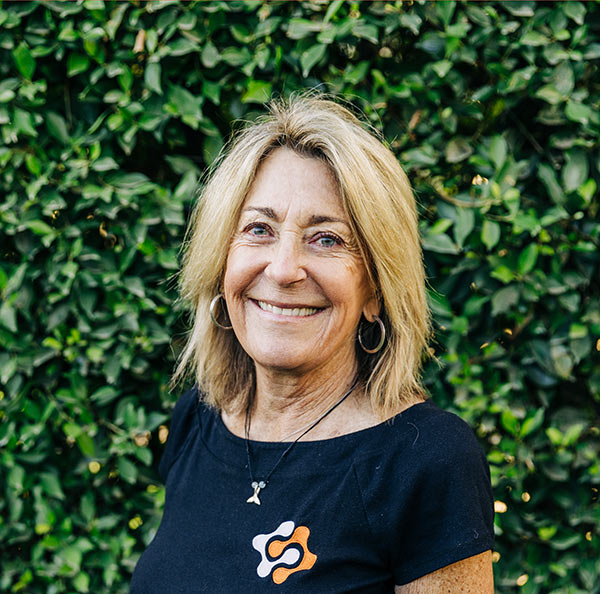In our forthcoming book, Leading Impact Teams, we discuss the importance for students to have a system in place to track their progress towards mastery of district/school focus standards. An e-portfolio allows students to collect evidence of their learning. They also help students to reflect on their learning. They create a sense of personal ownership over one’s learning, because ownership inspires pride, responsibility and dedication. A Student Learning Portfolio provides an organizational structure for students and teachers to collect evidence of the mastery of focus standards. In addition, portfolios are also effective for managing and organizing student voice artifacts such as: student work reflections, self and peer assessments, completed goal setting sheets and learning logs.
Students in classrooms that emphasize improvement, progress, effort and the process of learning rather than grade are more likely to use a variety of learning strategies and have a more positive attitude toward learning. Often in traditional educational settings we have shortchanged the process of learning in favor of the products of learning. Students are not regularly asked to examine how they succeeded or failed or improved on a task or to set goals for future work; the final product and evaluation of it receives the bulk of the attention in many classrooms. Consequently, students are not developing the metacognitive skills that will enable them to reflect upon and make adjustments in their learning in school and beyond.
Portfolios provide an excellent vehicle for consideration of process and the development of related skills. Portfolios are frequently included with other types of authentic assessments because they move away from telling a student’s story though test scores and, instead, focus on a meaningful collection of student performance and meaningful reflection and evaluation of that work.
Portfolios of Student Learning
Students must understand that there is a direct relationship between increasing their own learning and the amount of effort that they strategically exert. It is important that each student has a folder (digital or real) that they collect evidence of mastery towards district or school focus standards. Each folder should represent one focus standard and multiple pieces of evidence should showcase the student’s progress toward learning and ultimate mastery of that standard.
It is the student’s responsibility to prove to the teacher that he/she has mastered the focus standard. If the student is not on grade level, the student would be showcasing the work that they are doing in developing their skills and knowledge of the learning progression based on the district or school focus standard. The table below provides a list of possible student work inclusions that may be considered for a portfolio of student learning.

Portfolio of Student Learning
As Paulson, Paulson and Meyer (1991) stated, “The portfolio is something that is done by the student, not to the student.” Most importantly, it is something done for the student. The student needs to be directly involved in each phase of the portfolio development to learn the most from it, and the reflection phase holds the most promise for promoting student growth. Utilizing portfolios as a method for tracking progress and mastery toward school or district focus standards is essential for students to truly own their learning.
Works Cited:
Paulson, Paulson & Meyer. (1991). “What Makes a Portfolio a Portfolio.” Educational Leadership.
Google Sites: https://sites.google.com/site/eportfolioapps/overview


